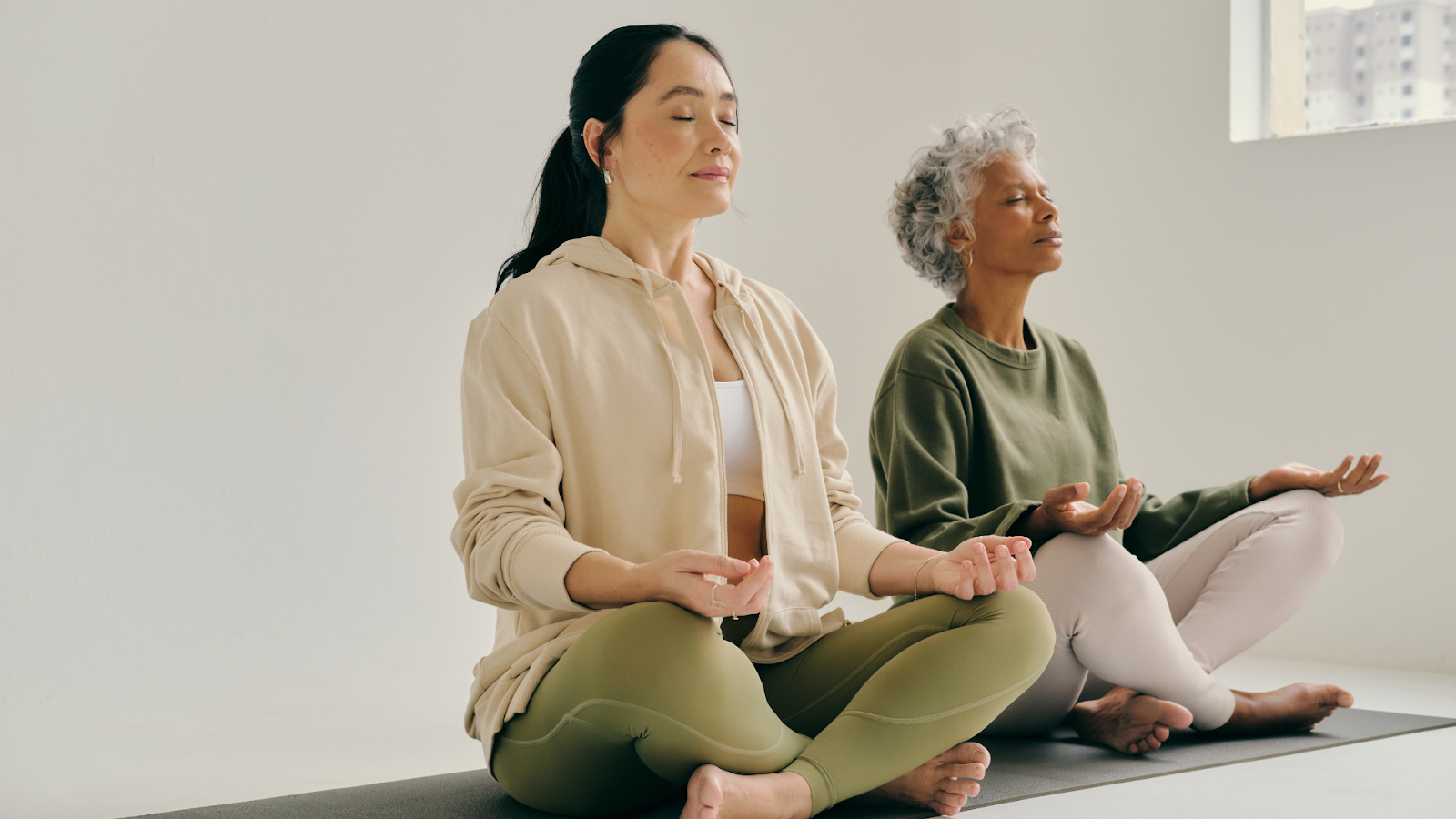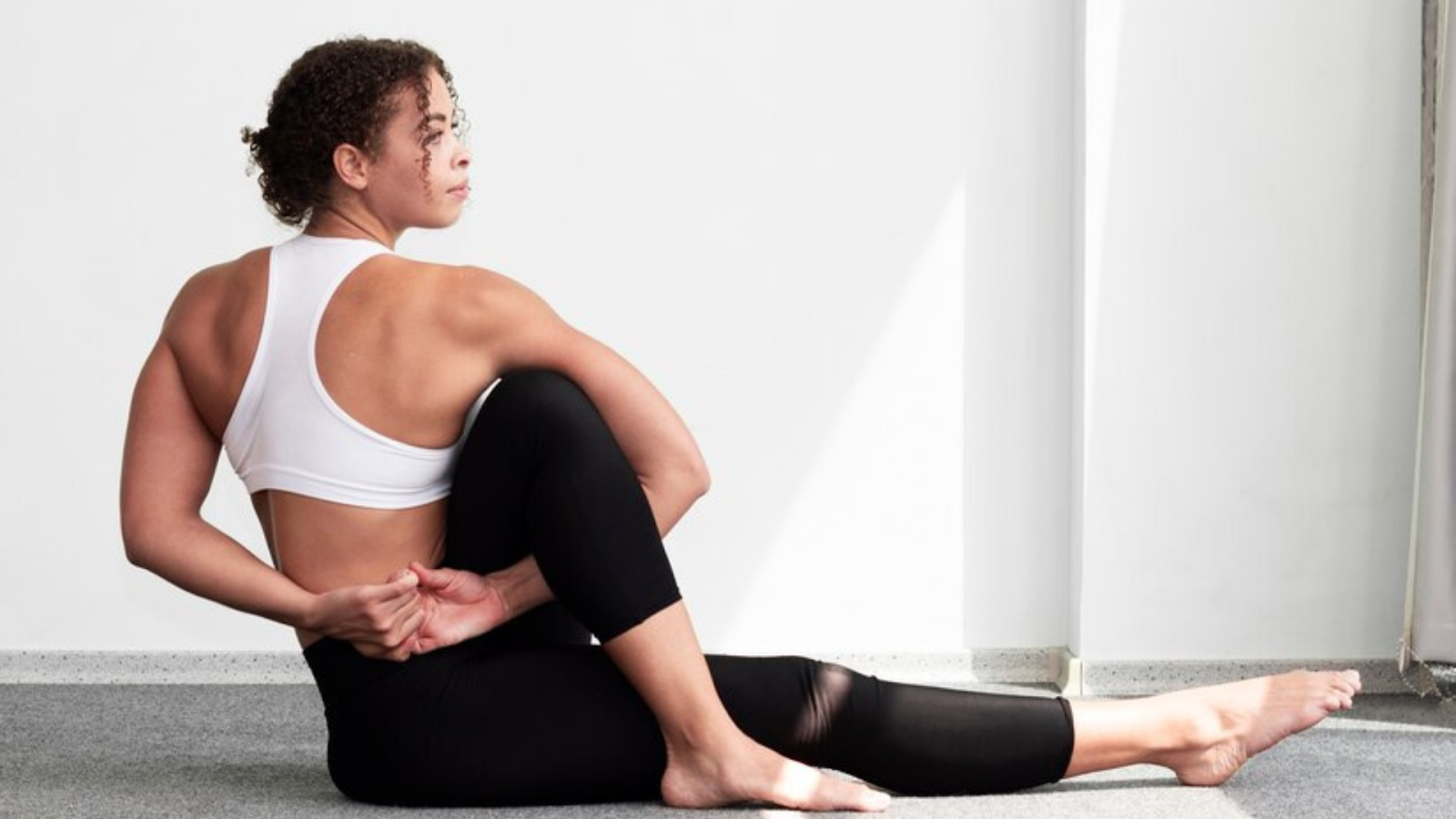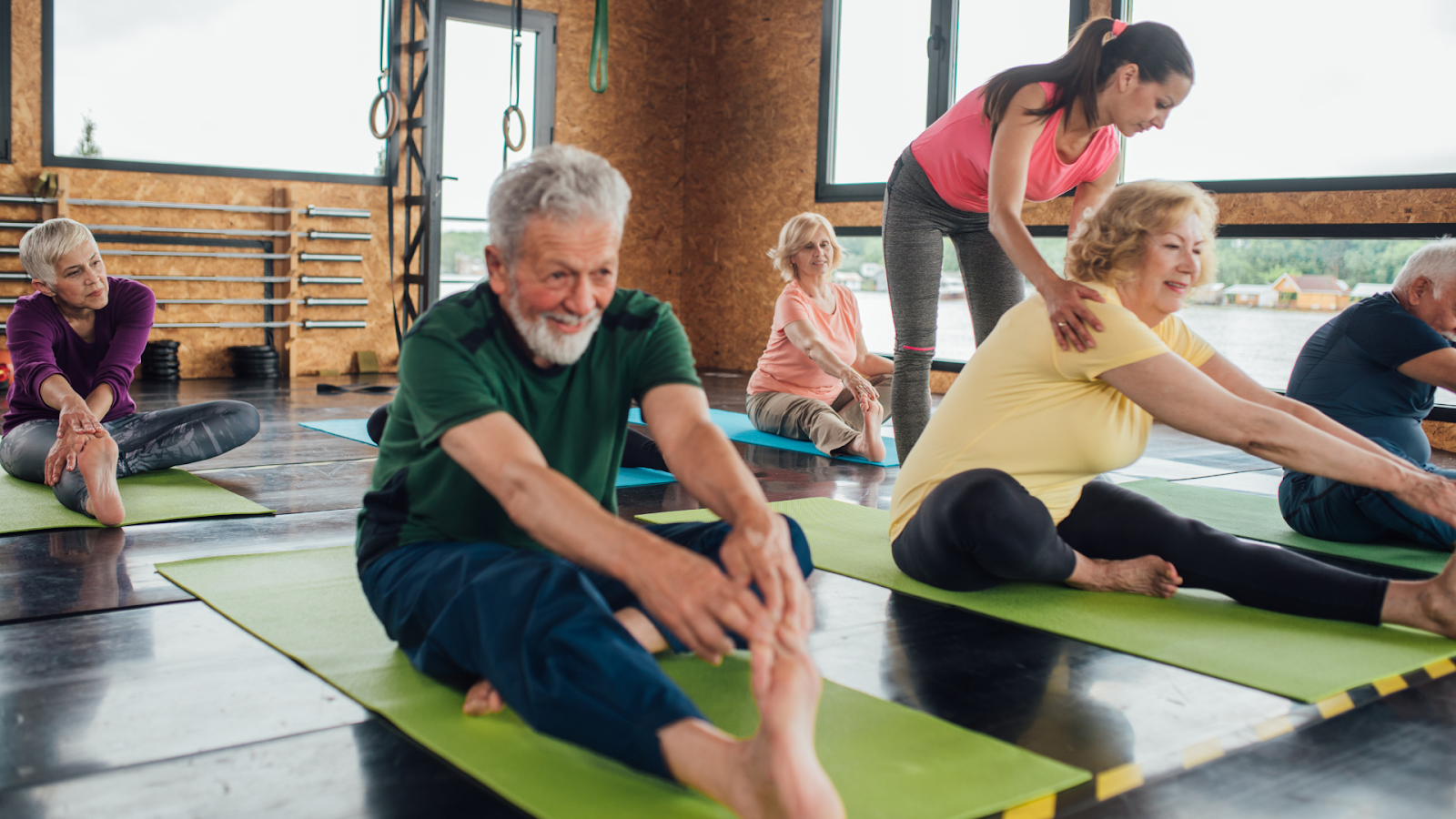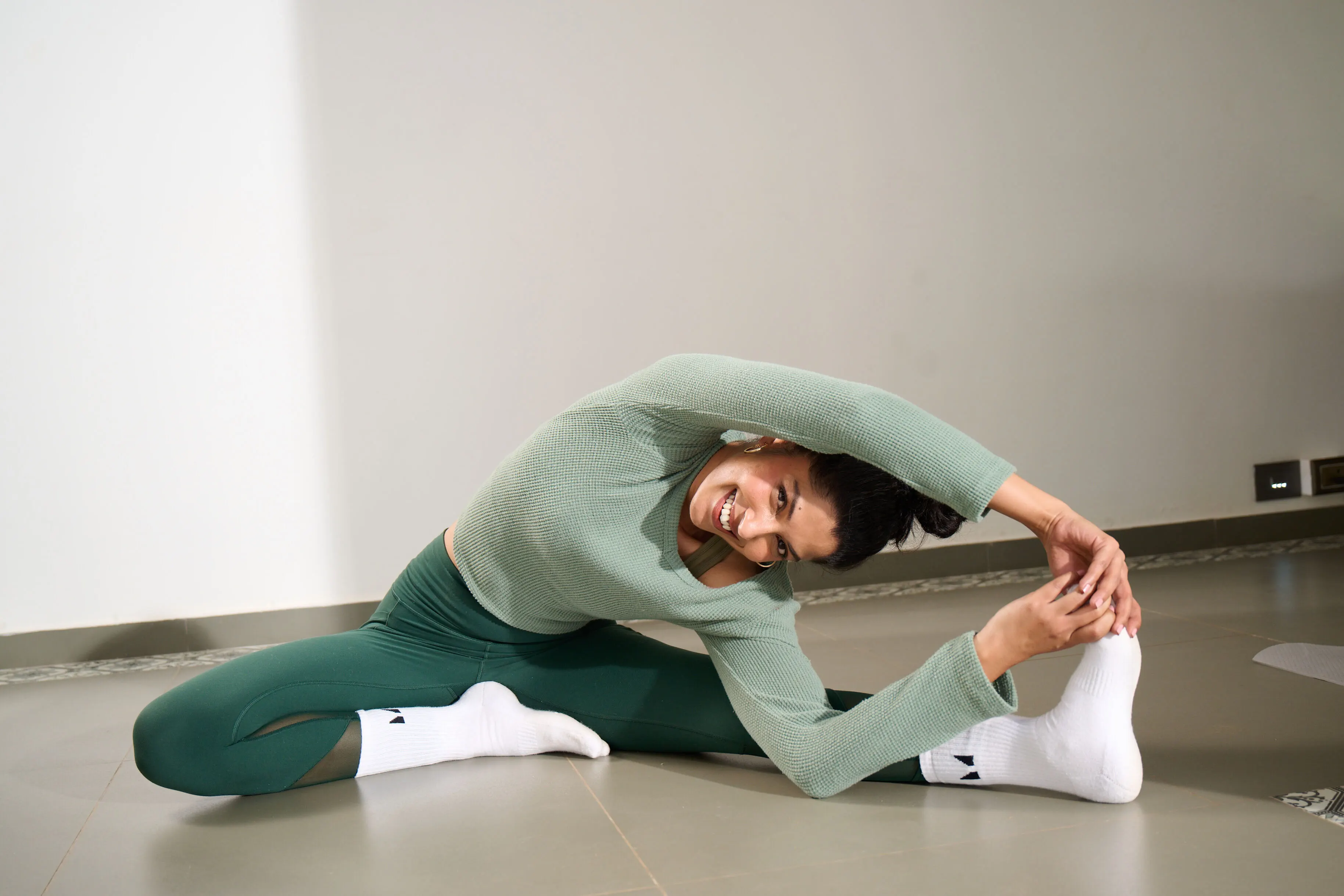Chronic pain is a persistent and often debilitating condition that affects millions of people worldwide. Unlike acute pain, which is a short-term response to injury or illness, chronic pain lingers for months or even years, often with no clear cause. Conditions like arthritis, fibromyalgia, and lower back pain are common culprits. Traditional treatments for chronic pain, such as medication and physical therapy, can be effective but often come with side effects or limitations. Yoga, however, offers a holistic approach that can complement conventional treatments, helping individuals manage their pain more effectively.
Understanding Chronic Pain
Before delving into how yoga helps manage chronic pain, it’s essential to understand what chronic pain is and how it differs from acute pain. Chronic pain is defined as pain that lasts longer than three to six months. It can be continuous or intermittent and can occur anywhere in the body. The causes of chronic pain are varied and may include injuries, surgeries, medical conditions, or even psychological factors. This pain can have a significant impact on a person’s quality of life, affecting their physical abilities, mental health, and social interactions.
The Connection Between Mind and Body

One of the most significant aspects of chronic pain is its connection to the mind. Pain is not just a physical sensation; it is also influenced by emotional and psychological factors. Stress, anxiety, and depression can all exacerbate chronic pain. This is where yoga’s holistic approach becomes particularly valuable.
Yoga integrates the mind and body, focusing on both physical and mental well-being. Through a combination of asanas, pranayama, and meditation, yoga addresses the root causes of chronic pain. By calming the mind and reducing stress, yoga can help decrease the perception of pain, making it easier to manage.
As per Patanjali’s Yoga Sutra 2:48, practicing asanas are also known to increase one’s tolerance levels in the body. It improves one’s pain threshold, enabling a better ability to handle pain.
Scientific Evidence Supporting Yoga for Chronic Pain

Numerous studies support the effectiveness of yoga in managing chronic pain. A study published in the Journal of Pain Research found that participants who practiced yoga regularly experienced significant reductions in pain intensity and pain-related disability. Another study published in the Annals of Internal Medicine concluded that yoga is as effective as physical therapy for chronic lower back pain. Additionally, research has shown that yoga can improve mood, reduce anxiety, and enhance overall quality of life in individuals with chronic pain conditions.
How Yoga Helps Manage Chronic Pain

- Improved Flexibility and Strength: Chronic pain often leads to reduced mobility and muscle weakness, which can exacerbate the condition. Yoga postures gently stretch and strengthen muscles, improving flexibility and range of motion. For example, poses like Trikonasana (Triangle Pose) and Setu Bandhasana (Bridge Pose) can help alleviate pain by stretching tight muscles and relieving tension in the body. Strengthening the muscles around affected areas, like the lower back or knees, provides better support and reduces strain.
- Enhanced Blood Circulation: Poor circulation can contribute to chronic pain, as it restricts the flow of oxygen and nutrients to affected areas. Yoga poses that involve gentle twists and inversions, such as Viparita Karani (Legs-Up-the-Wall Pose) and Parivrtta Sukhasana (Revolved Easy Pose), promote better blood circulation. Enhanced circulation helps flush out toxins and bring oxygenated blood to tissues, reducing inflammation and pain.
- Reduced Stress and Anxiety: Chronic pain is often accompanied by stress and anxiety, which can amplify the perception of pain. Yoga, particularly through pranayama and meditation, helps activate the parasympathetic nervous system, which promotes relaxation and reduces the body's stress response. Breathing exercises like Nadi Shodhana (Alternate Nostril Breathing) and Ujjayi Pranayama (Victorious Breath) calm the mind, lower cortisol levels, and create a sense of inner peace. This reduction in stress can significantly decrease pain sensitivity.
- Increased Body Awareness: Yoga encourages mindfulness and body awareness, teaching individuals to tune into their bodies and understand the subtle signals they may overlook. This increased awareness helps individuals identify pain triggers, adjust their posture, and make lifestyle changes that can prevent pain flare-ups. Practices like Yoga Nidra and guided meditations enhance this awareness, helping individuals observe pain without becoming overwhelmed by it.
- Pain Modulation through Neuroplasticity: Chronic pain is associated with changes in the brain’s structure and function, a phenomenon known as neuroplasticity. Yoga has been shown to reverse some of these changes, particularly in brain areas involved in pain perception and emotional regulation. Regular yoga practice can increase gray matter volume and improve connectivity in the brain, leading to better pain management. This is especially relevant for conditions like fibromyalgia, where altered brain function plays a significant role in pain persistence.
- Improved Sleep Quality: Chronic pain often disrupts sleep, creating a vicious cycle where poor sleep exacerbates pain and vice versa. Yoga’s calming effects help improve sleep quality, which is crucial for pain management. Practices like Savasana (Corpse Pose) and bedtime meditations prepare the body for restful sleep, allowing for better recovery and reduced pain sensitivity.
Specific Yoga Practices for Chronic Pain Management

Different types and styles of yoga can be beneficial for managing chronic pain. Here are some specific practices that can help:
- Hatha Yoga: Hatha Yoga is a gentle form of yoga that emphasizes slow and deliberate movements in harmony with the breath. It is ideal for individuals with chronic pain as it allows for modifications and adaptations to meet individual needs. Poses like Child’s Pose (Balasana) and Cat-Cow Pose (Marjaryasana-Bitilasana) can help relieve tension in the back and hips.
- Restorative Yoga: Restorative Yoga involves holding poses for extended periods with the support of props like bolsters, blankets, and blocks. This practice is particularly effective for individuals with chronic pain as it promotes deep relaxation and healing. Poses like Supported Reclining Bound Angle Pose (Supta Baddha Konasana) and Supported Child’s Pose are gentle yet powerful in releasing tension and calming the nervous system.
- Yin Yoga: Yin Yoga focuses on stretching the deeper connective tissues, such as ligaments and fascia. This practice involves holding poses for several minutes, which helps increase flexibility and release tension. Poses like Baddha Konasana can target areas of chronic pain, such as the hips and lower back.
- Pranayama and Meditation: Incorporating pranayama and meditation into a yoga practice is essential for managing chronic pain. Techniques like Nadi Shodhana (Alternate Nostril Breathing) and mindfulness meditation help calm the mind, reduce stress, and lower pain sensitivity. Consistent practice can lead to long-term changes in how pain is perceived and managed.
- Yoga Nidra: Yoga Nidra is a guided meditation practice that induces deep relaxation. It is highly effective for individuals with chronic pain as it helps disengage from the pain and promotes a state of profound rest. This practice is particularly beneficial for those who struggle with insomnia or anxiety related to chronic pain.
Yoga offers a comprehensive approach to managing chronic pain by addressing both the physical and psychological aspects of the condition. While yoga is not a cure for chronic pain, it is a powerful tool that can complement conventional treatments and provide lasting relief. If you suffer from chronic pain, consider incorporating yoga into your daily routine and experience the transformative benefits for yourself.By committing to a regular yoga practice, you can cultivate a deeper connection between your mind and body, leading to improved pain management and a higher quality of life.Practice yoga safely and effectively with experienced teachers live on Shvasa to find relief and manage chronic pain better. Meta Description: Discover how yoga offers a comprehensive approach to managing chronic pain by addressing both the physical and psychological aspects of the condition.Summary: Yoga integrates the mind and body, focusing on both physical and mental well-being. Through a combination of asanas, pranayama, and meditation, yoga addresses the root causes of chronic pain. FAQs:
- How does yoga help manage chronic pain?
Through improved flexibility, reduced stress, enhanced body awareness, and positive changes in brain function, yoga can help individuals regain control over their lives and reduce their dependence on medication.
- What are the best styles of yoga for chronic pain management?
Practicing Hatha yoga, Yin yoga, Restorative yoga, Pranayama, Meditation and Yoga Nidra are all beneficial techniques to manage chronic pain.
- How does yoga help relax the mind when managing chronic pain?
One of the most significant aspects of chronic pain is its connection to the mind. Pain is not just a physical sensation; it is also influenced by emotional and psychological factors. Stress, anxiety, and depression can all exacerbate chronic pain. This is where yoga’s holistic approach becomes particularly valuable.















.jpg)












%201.png)

%201.svg)






%201.svg)